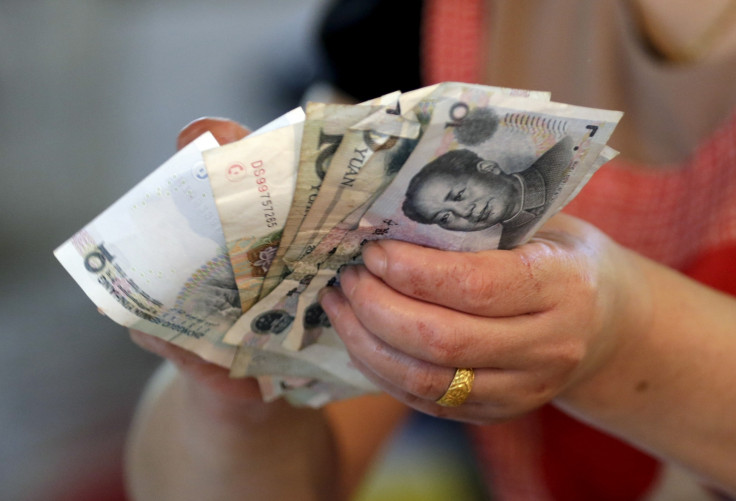IMF defers yuan's inclusion in SDR basket until October 2016

The International Monetary Fund (IMF) has said it is extending the current special drawing rights (SDR) valuation basket by nine months from 31 December to 30 September, 2016, deferring the widely-anticipated addition of the Chinese yuan to its benchmark currency basket.
The fund said the proposal for the extension was put forward by its staff in a paper published in August, and was subsequently submitted to the executive board for review.
The IMF formally reviews the composition and valuation of the SDR basket every five years. The next review is expected to be completed by end-2015, with any decisions affecting the current SDR basket to become effective starting October 2016.
What is SDR?
The SDR is an international reserve asset, created by the IMF in 1969 to supplement its member countries' official reserves. Its value is based on a basket of four key international currencies, and SDRs can be exchanged for freely usable currencies. As of March 17, 2015, 204bn SDRs were created and allocated to members (equivalent to about $280bn). Today the SDR basket consists of the euro, Japanese yen, pound sterling, and US dollar. (Source: The IMF)
The IMF noted that the extension would facilitate the "continued smooth functioning of SDR-related operations and responds to feedback from SDR users on the desirability of avoiding changes in the basket". In addition, it would give users sufficient lead time to adjust in the event of an addition of a new currency to the basket, according to the agency.
The IMF noted that its review of the method of valuation of the SDR was ongoing, and the approved extension of the current basket did not in any way prejudge the outcome of the review. The IMF executive board is expected to discuss the valuation method later in 2015.
The fund is slated to decide on the inclusion of the yuan in the SDR basket in November. China earlier devalued its currency, allowing it to fall sharply against the US dollar. The IMF viewed the move as part of China's efforts to liberalise foreign exchange rates, suggesting that the fund had no problem with the inclusion of the yuan in the SDR basket.
The IMF might ask China to further reform its currency policies to meet the criteria for the SDR, as an earlier staff report found that the yuan was not commonly used in international debt securities and was thinly traded in North America, despite its wider use in the Asian region.
© Copyright IBTimes 2025. All rights reserved.






















